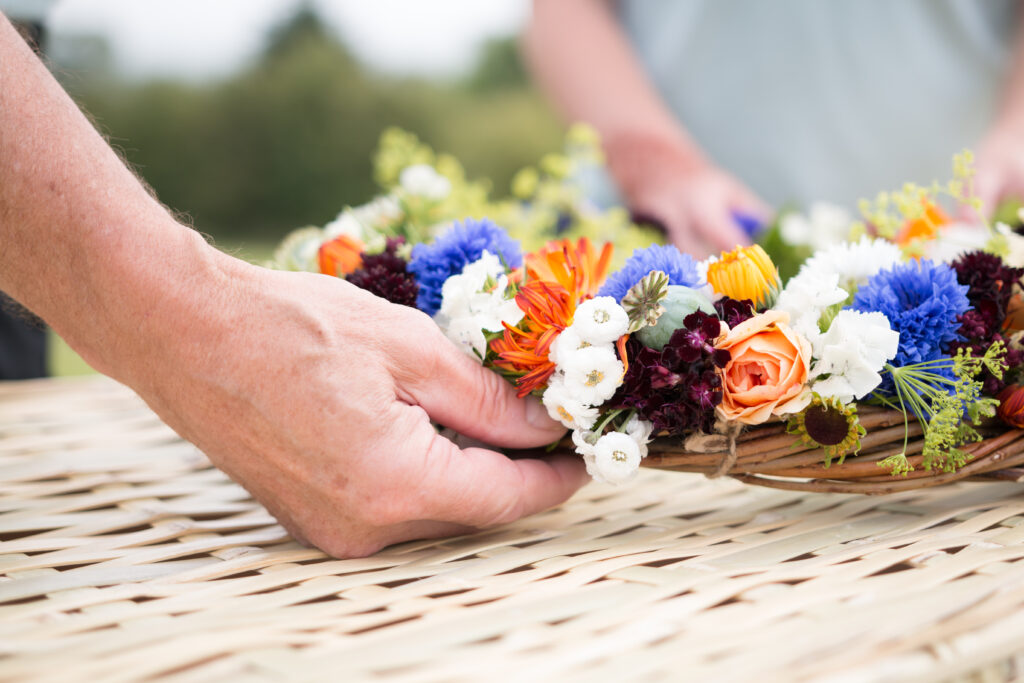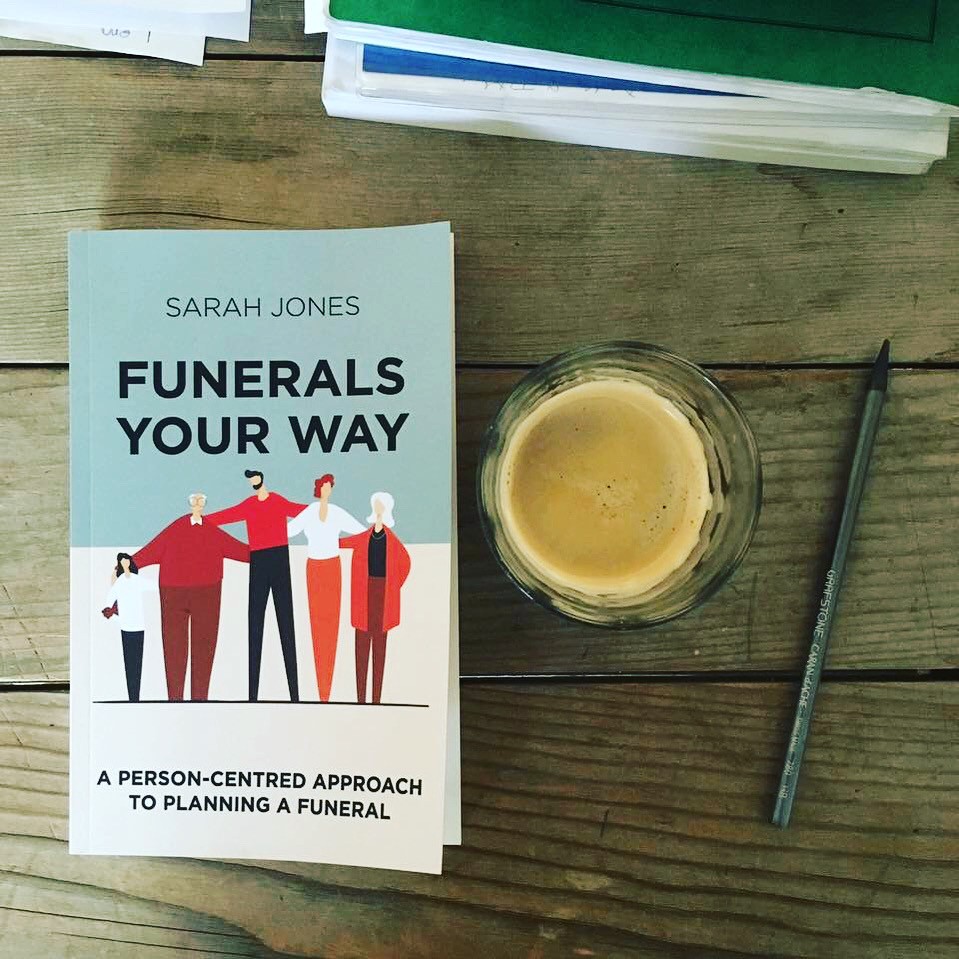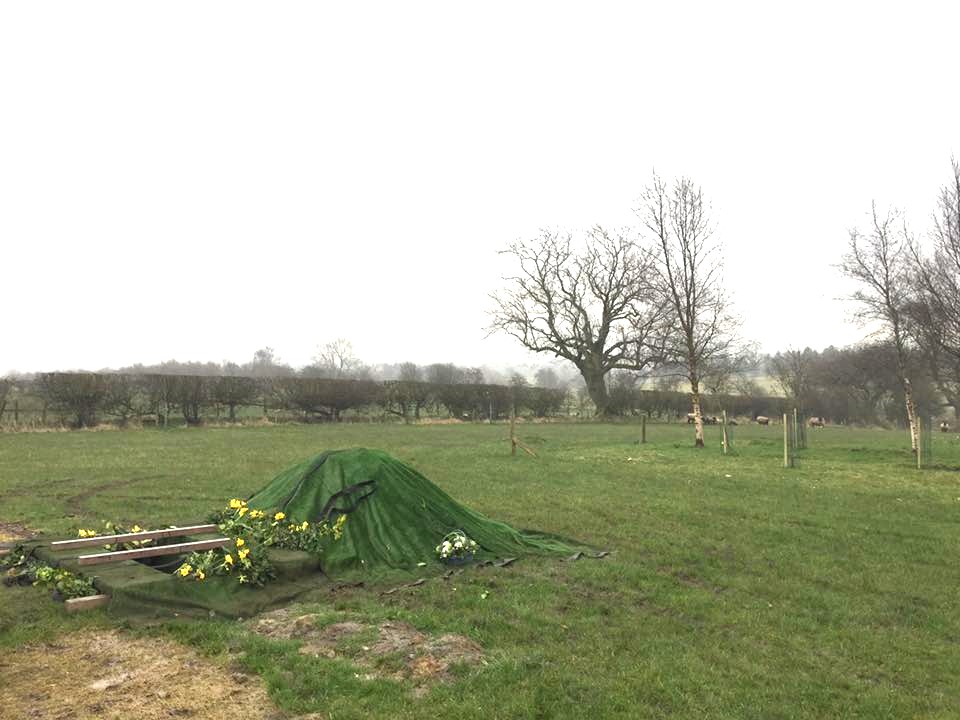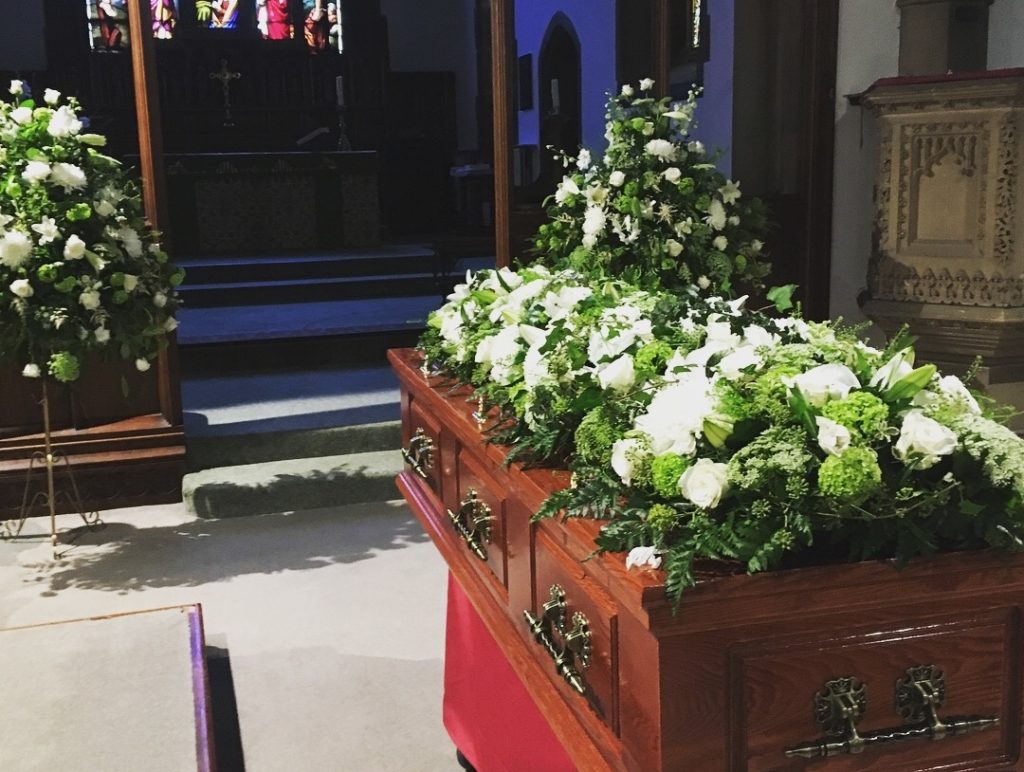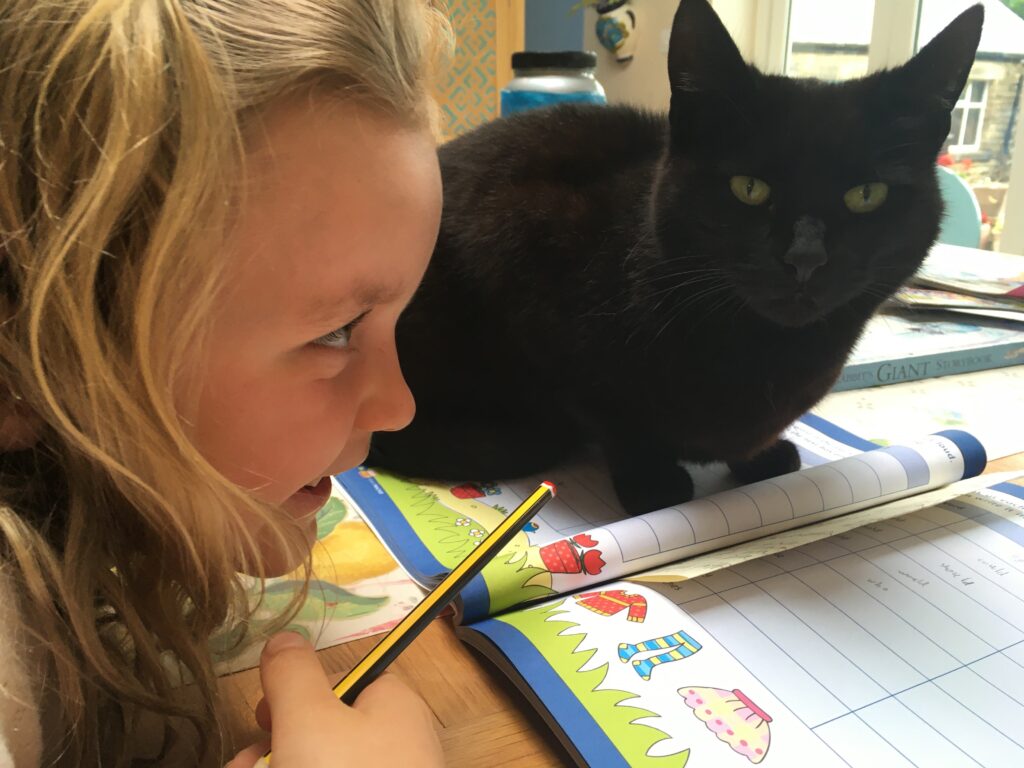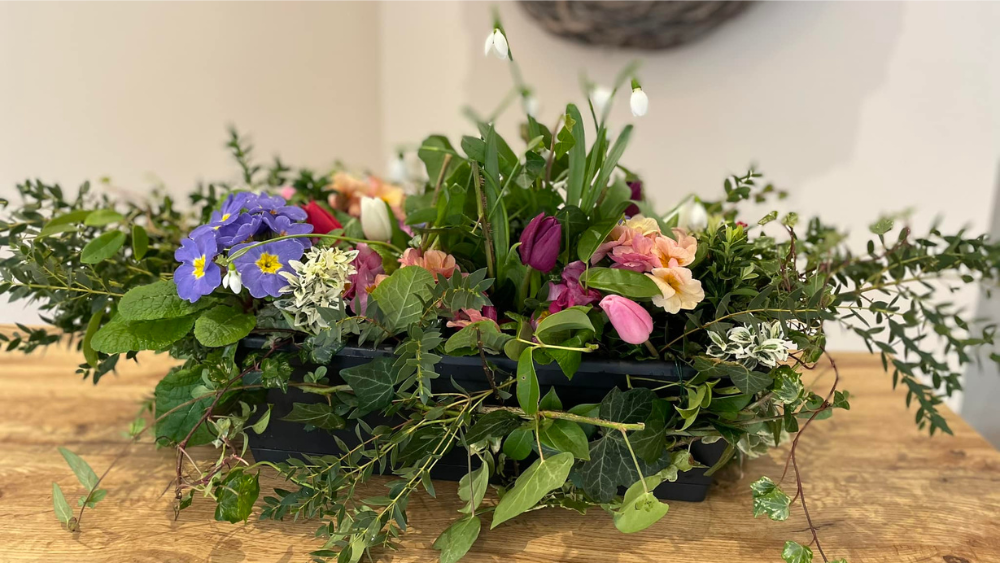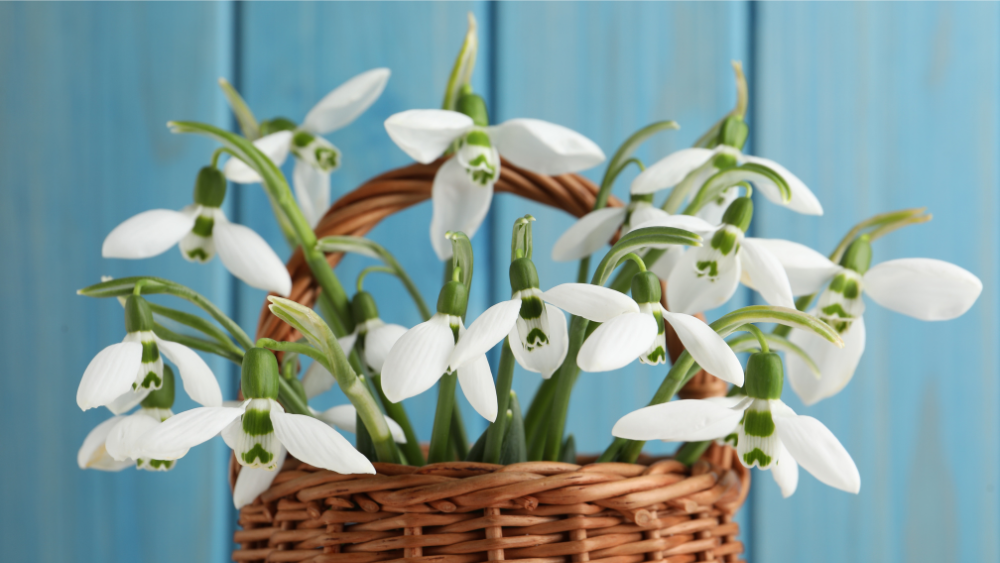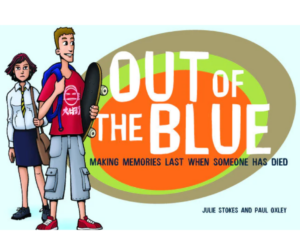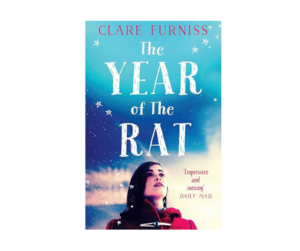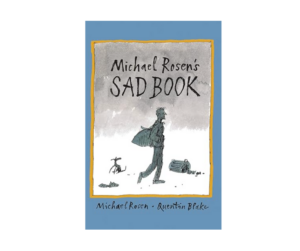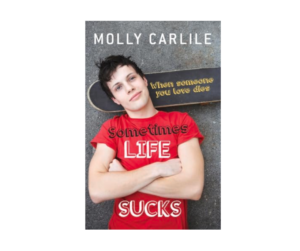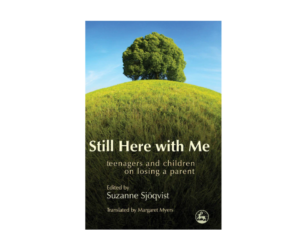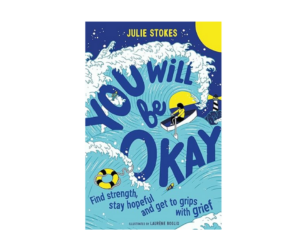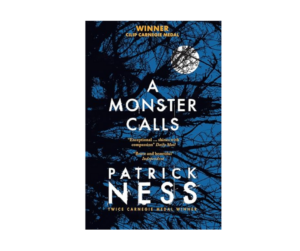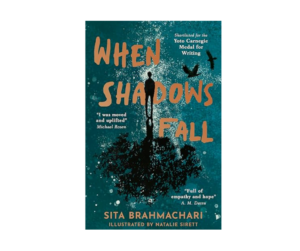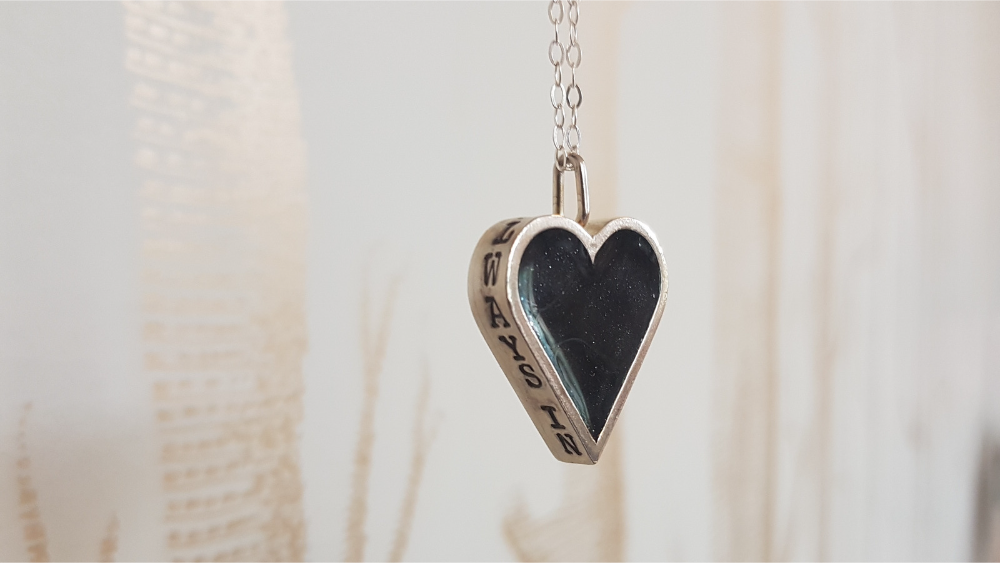Practical Help with Admin After a Bereavement
End of Life Admin: Step-by-Step Help
Dealing with the practical tasks after someone dies can feel overwhelming, especially when you’re also coping with grief. From registering the death to managing finances and notifying organisations, there are a number of important steps to take — many of which can feel unfamiliar or confusing. To help make things a little easier, we’ve gathered a list of useful resources, guides and services that offer clear, step-by-step support with end-of-life admin in the UK. Please also refer to our page about registering a death, notifying government departments and some guidance on financial affairs.
As funeral directors many people have told us about their end-of-life admin experiences and we have some knowledge that we can share with you. We are available 24/7 for support and guidance – please contact us if you need any help and we would look to share the resources that we know of with you.






Accounts and utilities
There may be several private accounts that you need to manage and inform after someone has died. If you would like some support with this, we recommend contacting either Life Ledger or Settd to find out if they can help you. They offer support with account closures and are currently free of charge.
Probate
We can provide the names of some local solicitors if you would like support with probate and estate management. Alternatively, Honey Legal services are a national probate service who can also offer home visits.
Stopping unwanted mail
The bereavement register is a free service which helps you to stop any unwanted marketing post being sent out. If you haven’t used the service already then you might find it helpful to ensure that names and addresses are removed from marketing lists
Bereavement Support Payment
If your partner dies before you have reached your state pension age (and they have been in employment) then you may be eligible for a bereavement support payment from the UK government. This payment can be up to £3,500 and you can find more details of the payment on the government website.




Other resources you might find helpful
Professional Decluttering
Some people find it helpful to have someone support them to sort and organise all the physical possessions that have been left behind after someone has died. There are professional organisers who can support with this and you can find more information about one such professional, Sarah Myers, here.
Our Bereavement Support Group
Processing grief and loss can be a lonely place, and very difficult to deal with on your own. If you feel you would like extra support around your grief, we run a free monthly bereavement support group.
If you feel that our group isn’t the right fit for you, but you would like to investigate some other options around this type of support, please don’t hesitate to let us know, and we will do our best to find something that you feel is going to benefit you.
Continuing Bonds
The continuing bonds theory says that when someone dies our relationship with them does not end, but it slowly changes over time. The bond can remain just as strong, and some activities may help to establish and maintain the development of these bonds. If you would like to find out a little more about this, please click on the link provided for more details or get in touch.
Other Bereavement Resources
There are many different support networks, resources and tools available to support people after bereavement. We have collated a list of bereavement support resources, some of which you might find helpful.
Everyone experiences bereavement and grief differently and people have told us that it can be helpful to know a little about what the weeks and months ahead might look and feel like. Marie Curie have created some videos about grief and loss which people have told us they have found reassuring.




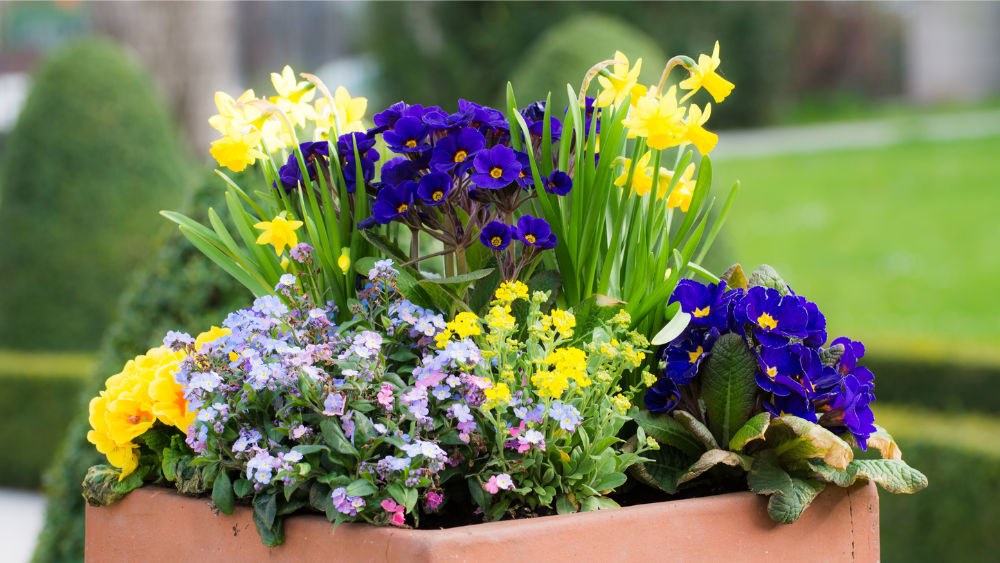

Where can you get help?
If you have any questions or worries then please get in touch and we are happy to answer any questions that you may have. That doesn’t mean that you need to use our services as a funeral director, if it help you to figure things out then that is what matters.
You may also find it helpful to speak to people who you know and trust, who have arranged a funeral themselves. They are likely to share some tips and thoughts that help you. Many local solicitors and local services are really happy to help you – it can be helpful to ask for an informal chat to see how they can help you.

